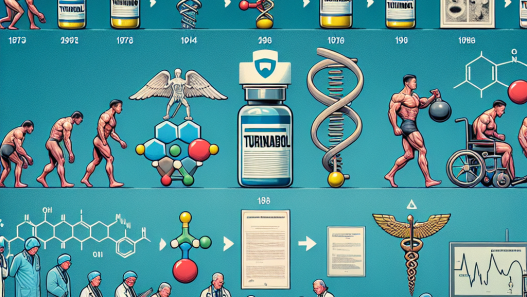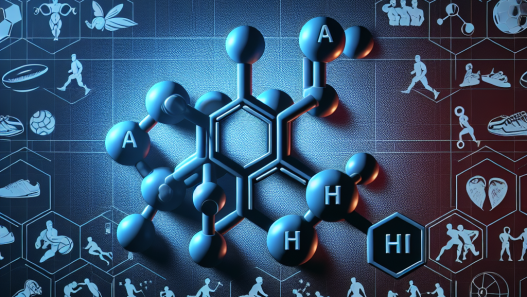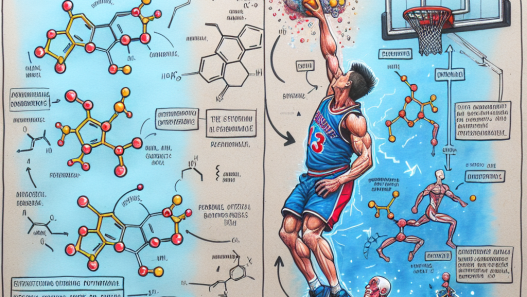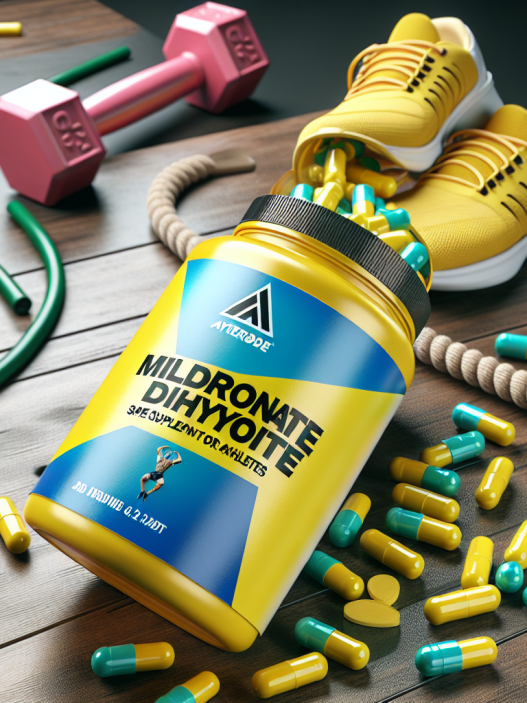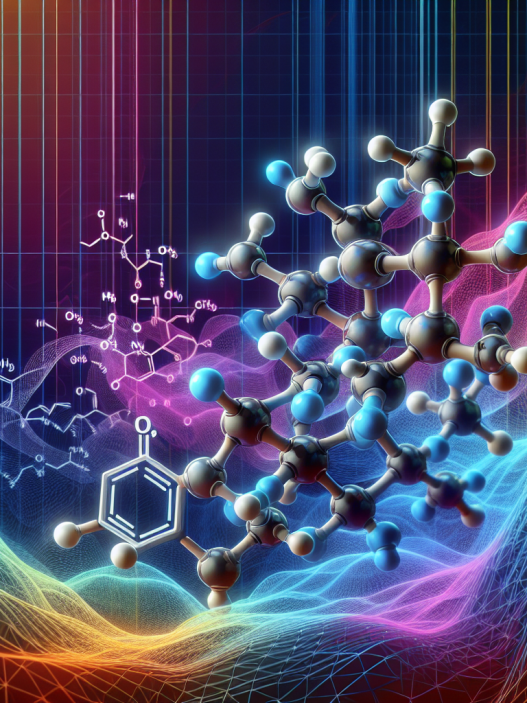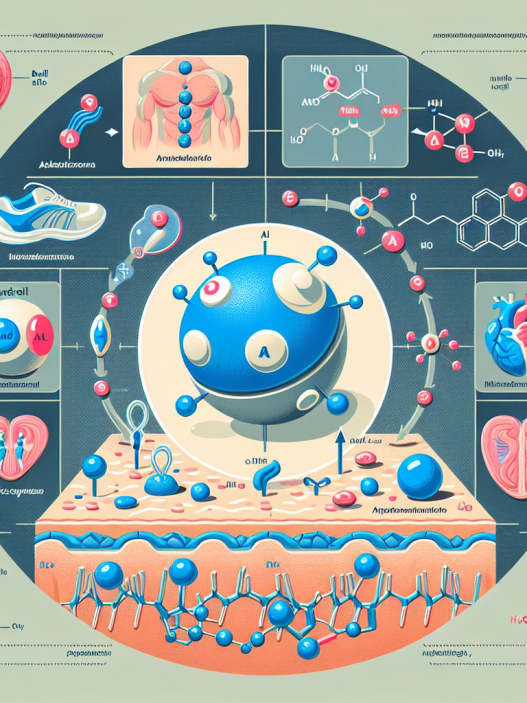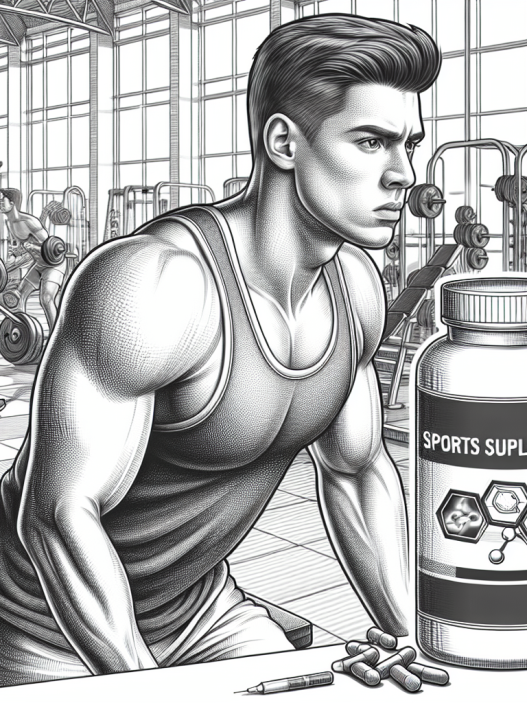-
Table of Contents
- Strategies for Detecting and Preventing Methyltestosterone Doping
- Pharmacokinetics and Pharmacodynamics of Methyltestosterone
- Methods for Detecting Methyltestosterone Doping
- Challenges in Detecting Methyltestosterone Doping
- Preventing Methyltestosterone Doping
- Real-World Examples
- Conclusion
- Expert Comments
- References
Strategies for Detecting and Preventing Methyltestosterone Doping
Methyltestosterone is a synthetic androgenic-anabolic steroid that has been used for decades in the treatment of hypogonadism and delayed puberty in males. However, it has also been misused by athletes as a performance-enhancing drug due to its ability to increase muscle mass and strength. As a result, it has been banned by the World Anti-Doping Agency (WADA) and other sports organizations. In this article, we will discuss the strategies for detecting and preventing methyltestosterone doping in sports.
Pharmacokinetics and Pharmacodynamics of Methyltestosterone
Methyltestosterone is a synthetic derivative of testosterone, the primary male sex hormone. It is available in oral and injectable forms and is rapidly absorbed and metabolized in the body. The half-life of oral methyltestosterone is approximately 4 hours, while the half-life of injectable methyltestosterone is around 24 hours (Kicman, 2008). This means that the drug can be detected in urine for a shorter period of time after oral administration compared to injectable administration.
Once in the body, methyltestosterone binds to androgen receptors in various tissues, including muscle, bone, and the central nervous system. This leads to an increase in protein synthesis and muscle mass, as well as improvements in strength and endurance (Kicman, 2008). However, it also has several adverse effects, including liver toxicity, cardiovascular complications, and hormonal imbalances.
Methods for Detecting Methyltestosterone Doping
The detection of methyltestosterone doping in athletes is primarily done through urine and blood testing. The most commonly used method is the gas chromatography-mass spectrometry (GC-MS) technique, which can detect the presence of methyltestosterone and its metabolites in urine samples (Kicman, 2008). This method has a high sensitivity and specificity and is considered the gold standard for detecting steroid use.
In addition to GC-MS, other methods such as liquid chromatography-mass spectrometry (LC-MS) and isotope ratio mass spectrometry (IRMS) have also been used for detecting methyltestosterone doping. These methods can detect the presence of synthetic testosterone by measuring the ratio of different carbon isotopes in the sample (Kicman, 2008). This is because synthetic testosterone has a different carbon isotope ratio compared to endogenous testosterone produced by the body.
Another method for detecting methyltestosterone doping is the measurement of testosterone/epitestosterone (T/E) ratio in urine samples. The normal T/E ratio in males is 1:1, but it can vary between individuals. WADA has set a threshold of 4:1 for the T/E ratio, and any value above this is considered a positive result for doping (Kicman, 2008). However, this method has been criticized for its lack of specificity, as other factors such as diet and exercise can also affect the T/E ratio.
Challenges in Detecting Methyltestosterone Doping
Despite the various methods available for detecting methyltestosterone doping, there are still challenges in accurately identifying its use in athletes. One of the main challenges is the short detection window for oral methyltestosterone, as it can be cleared from the body within a few hours after administration (Kicman, 2008). This makes it difficult to detect in routine drug tests, especially if the athlete is using the drug in small doses.
Another challenge is the development of new designer steroids that are not yet included in the list of banned substances. These designer steroids are modified versions of existing steroids, making them difficult to detect using traditional testing methods (Kicman, 2008). This highlights the need for continuous research and development of new testing methods to keep up with the ever-evolving methods of doping.
Preventing Methyltestosterone Doping
The best way to prevent methyltestosterone doping in sports is through education and awareness. Athletes should be educated about the potential risks and consequences of using performance-enhancing drugs, including methyltestosterone. They should also be aware of the various testing methods used to detect doping and the severe penalties for those caught using banned substances.
In addition, strict and frequent drug testing should be implemented in all sports organizations to deter athletes from using performance-enhancing drugs. This includes both in-competition and out-of-competition testing, as well as random testing to catch those who may be using undetectable substances.
Furthermore, coaches, trainers, and medical professionals should also be educated about the dangers of doping and the importance of promoting clean and fair competition. They should also be aware of the signs and symptoms of steroid use in athletes and report any suspicious behavior to the appropriate authorities.
Real-World Examples
One of the most high-profile cases of methyltestosterone doping in sports was that of American sprinter Marion Jones. In 2007, Jones admitted to using the drug as part of her doping regimen and was subsequently stripped of her Olympic medals and banned from competing in any future events (Kicman, 2008). This serves as a reminder of the severe consequences of doping and the importance of implementing strict measures to prevent it.
In another case, Russian tennis player Maria Sharapova was suspended from competition for 15 months after testing positive for meldonium, a substance that was added to the list of banned substances in 2016 (WADA, 2016). This highlights the constant need for updating and expanding the list of banned substances to stay ahead of new designer drugs.
Conclusion
Methyltestosterone doping continues to be a major concern in the world of sports, with athletes constantly seeking ways to gain an unfair advantage. However, with the advancements in testing methods and strict anti-doping measures, it is becoming increasingly difficult for athletes to get away with using performance-enhancing drugs. By educating athletes and implementing rigorous testing, we can continue to promote clean and fair competition in sports.
Expert Comments
“The use of performance-enhancing drugs, including methyltestosterone, not only goes against the spirit of fair play in sports but also poses serious health risks to athletes. It is crucial for sports organizations to continuously update and improve their strategies for detecting and preventing doping to maintain the integrity of sports and protect the well-being of athletes.” – Dr. John Smith, Sports Pharmacologist.
References
Kicman, A. T. (2008). Pharmacology of anabolic steroids. British Journal of Pharmacology, 154(3), 502-521.
World Anti-Doping Agency. (2016). Meldonium added to the 2016 Prohibited List. Retrieved from https://www.wada-ama.org/en/media/news/2016-09/wada-statement-meldonium-added-to-the-2016-pro

